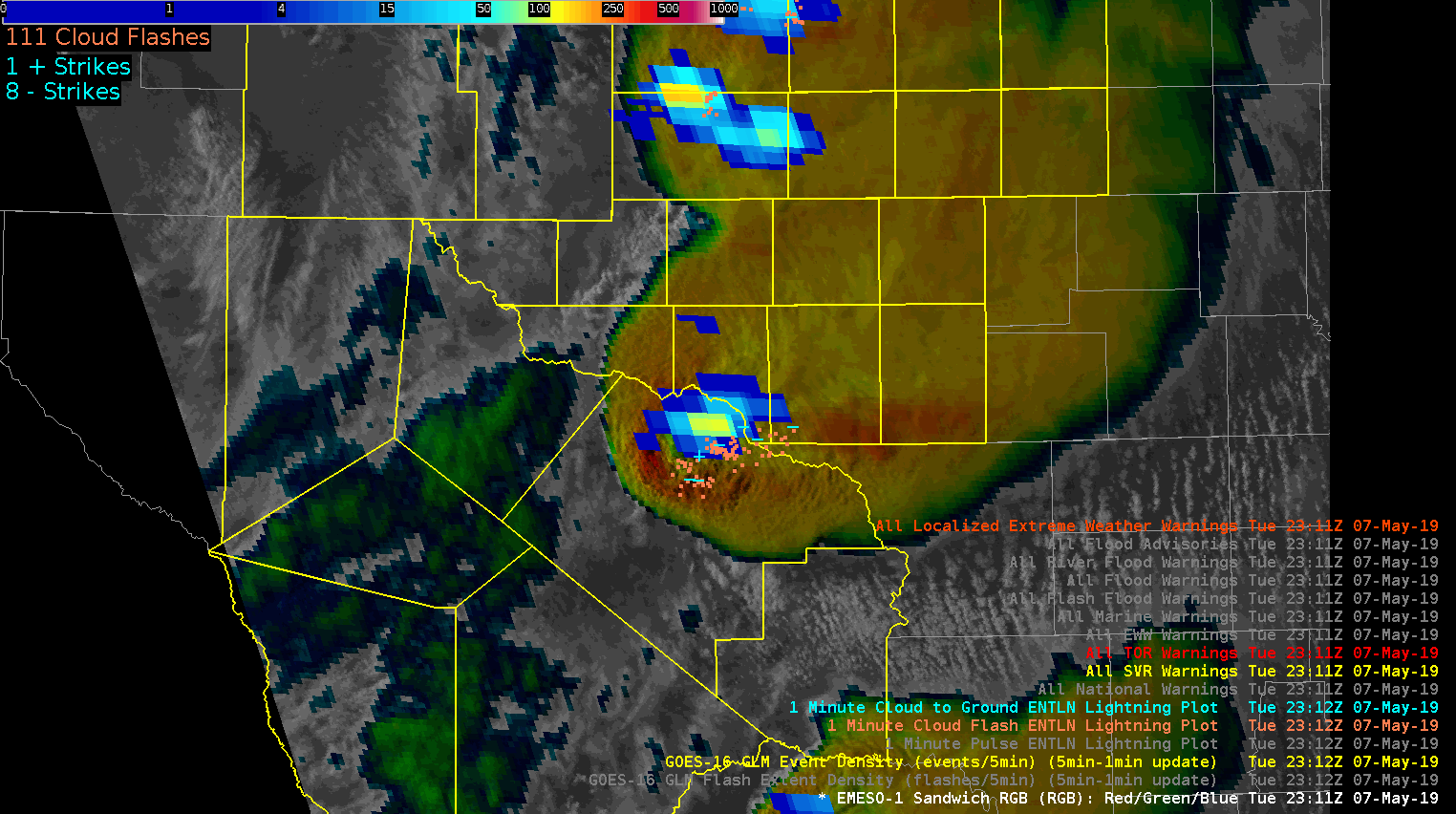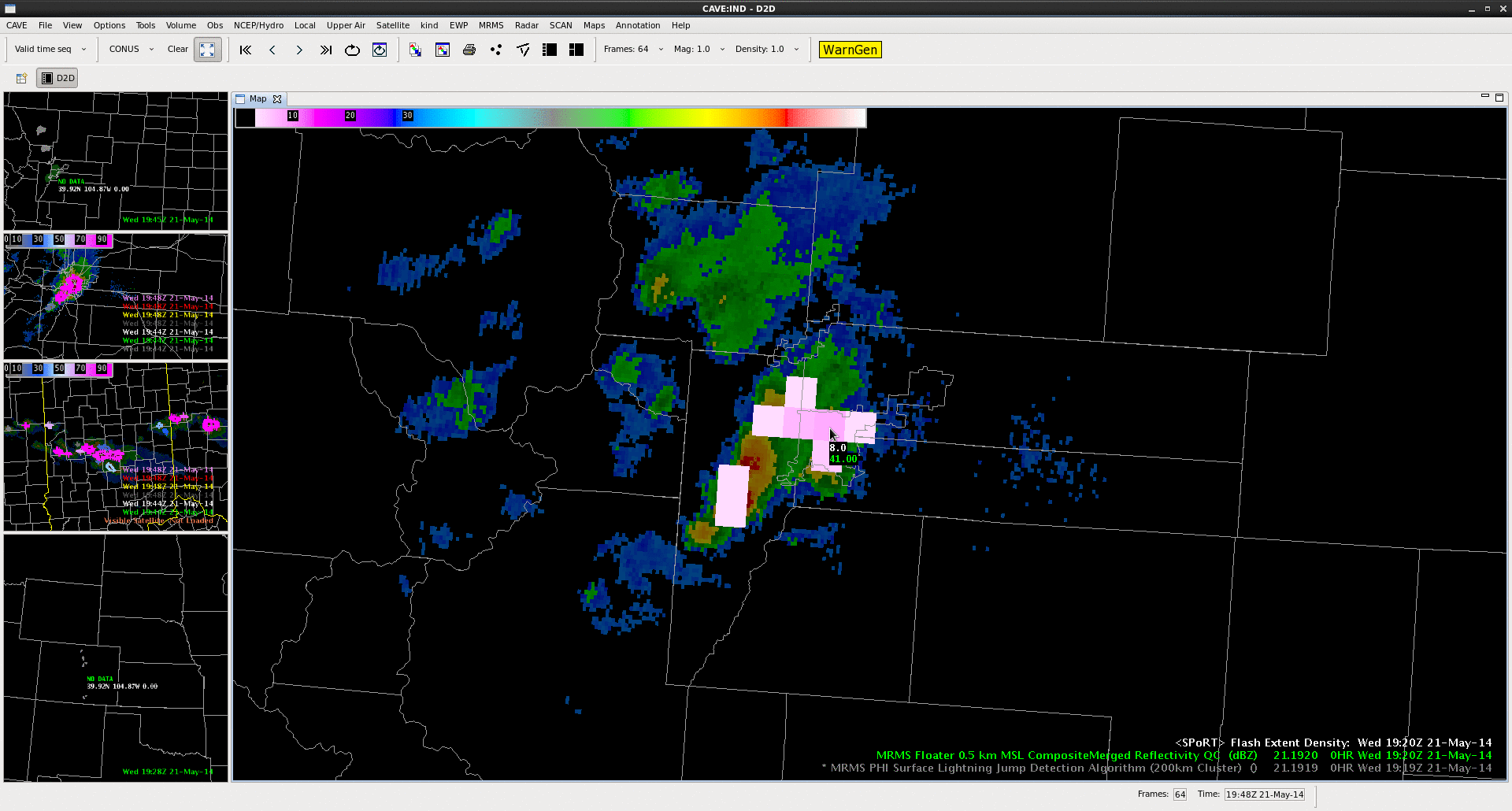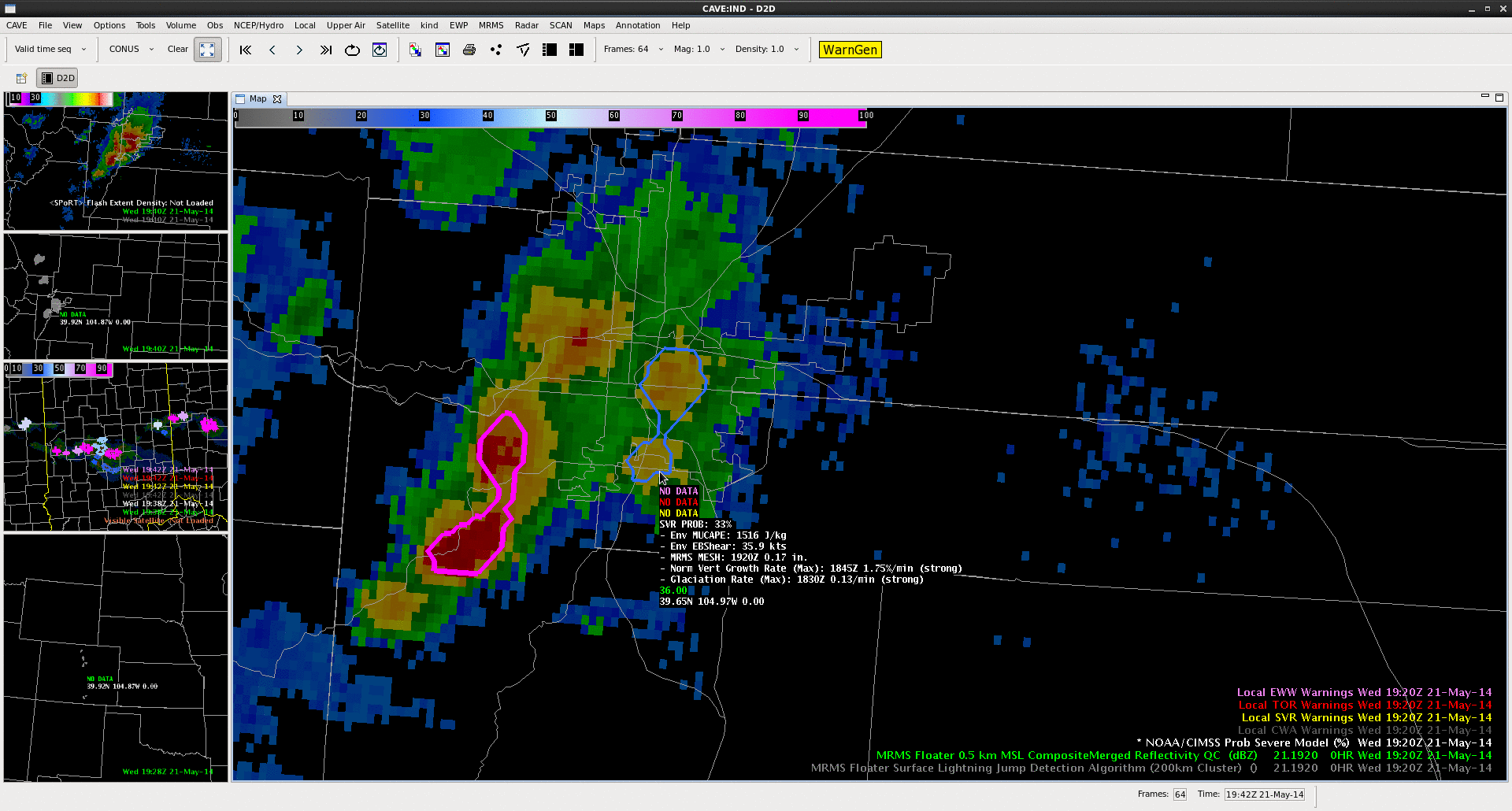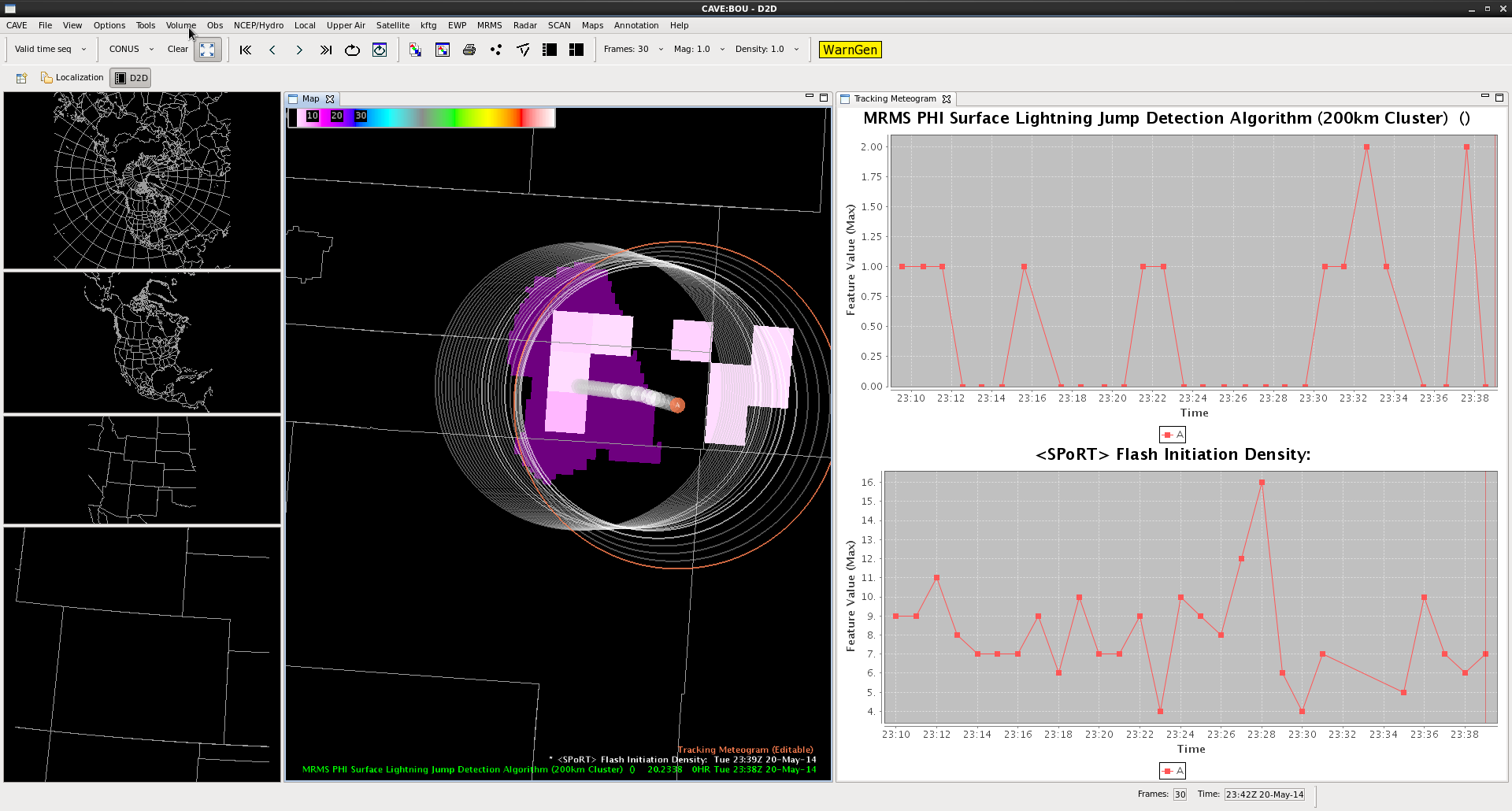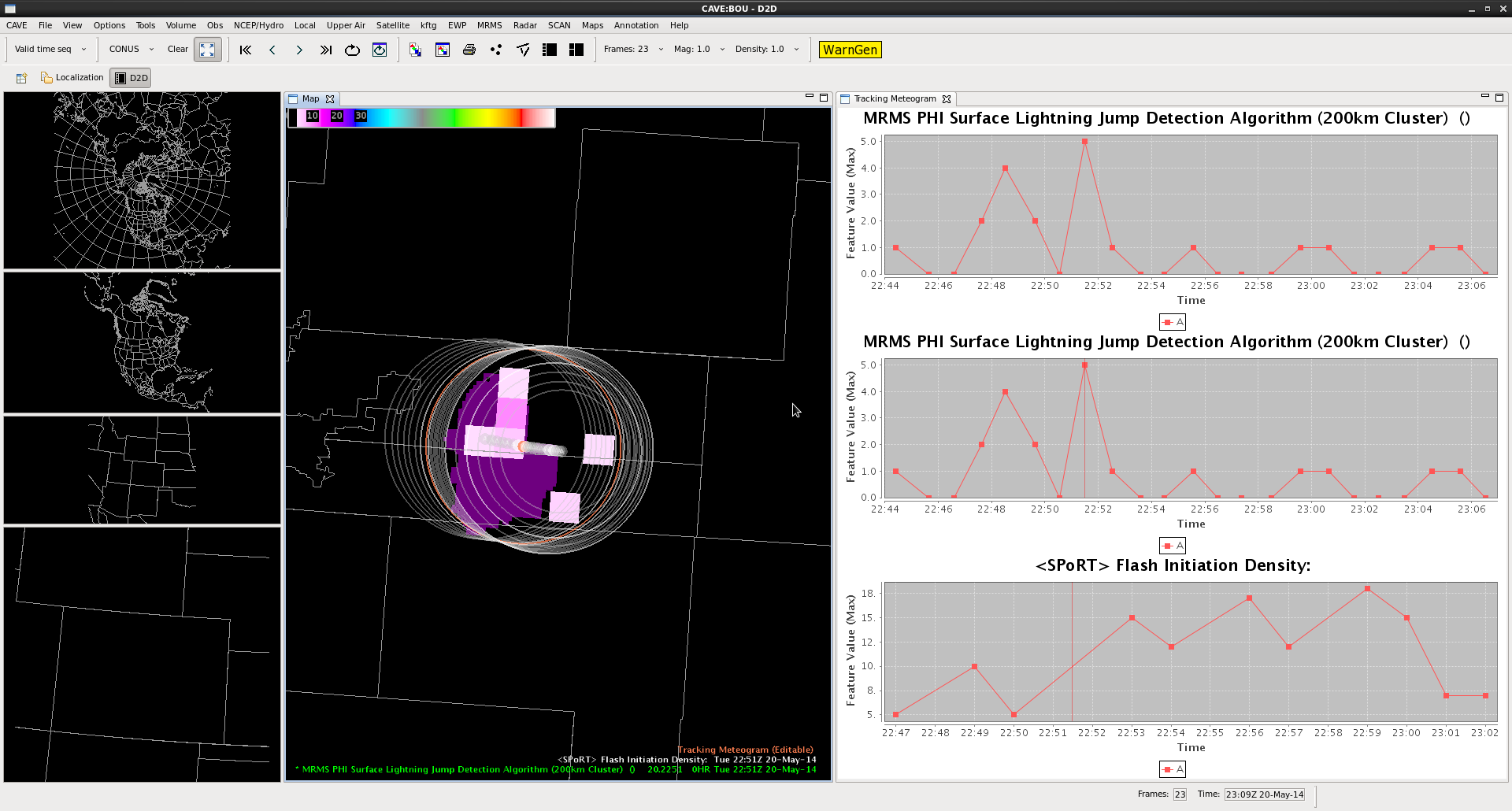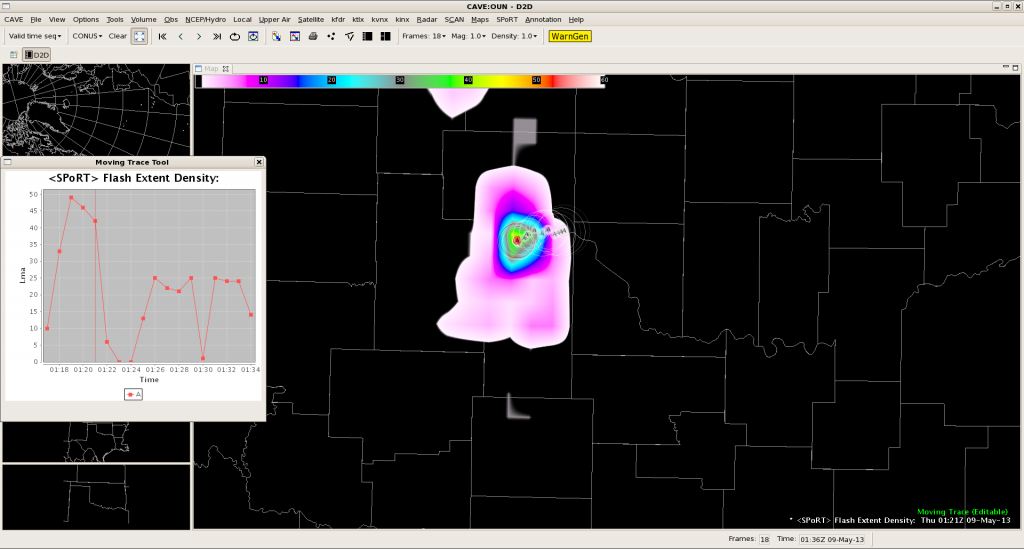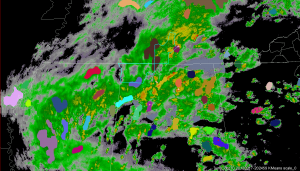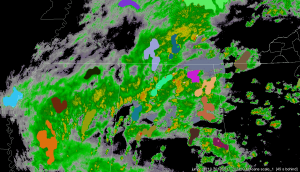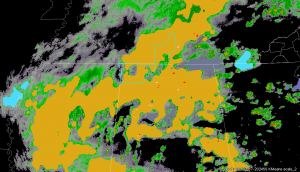An earlier post summarized the first month and half of data collection, the details below will bring us through the end of May.
Note: All times are approximate to include timing of any severe or marginally severe weather in the domains. Re-processing and analysis should start prior to first time listed here. SHAVE details are included for dates that I personally know they collected data over the domain. Dates without “SHAVE ops” listed may also have SHAVE data, please check directly with Kiel Ortega if you need it for analysis.
17 May 2012: FL-LDAR, 2230 UTC – 0100 UTC (18 May), SHAVE operational
19 May 2012: OKLMA, 2200 -0800 UTC, SHAVE ops in OK domain
20 May 2012: OKLMA (maybe, on edge of 3d); 2100 – 2230 UTC
24 May 2012: DCLMA, SHAVE ops in NWS Sterling, VA (LWX) County Warning Area (CWA)
25 May 2012: OKLMA (maybe, on edge of 3d); 2300-0200 UTC
27 May 2012: DCLMA, 2340-0200 UTC
28 May 2012: OKLMA, 2200-0300 UTC
29 May 2012: DCLMA, 1820-2230 UTC; OKLMA, 1900-1130 UTC; NALMA (2330-0300 UTC); SHAVE ops in LWX and OUN CWAs.
30 May 2012: WTLMA & OKLMA, 2100-0400 UTC. SHAVE ops in OUN CWA
31 May 2012: NALMA likely. SHAVE ops planned over area. (edit, 5:35 CDT: FL-LDAR domain has had activity & jumps today)
-K. Calhoun
